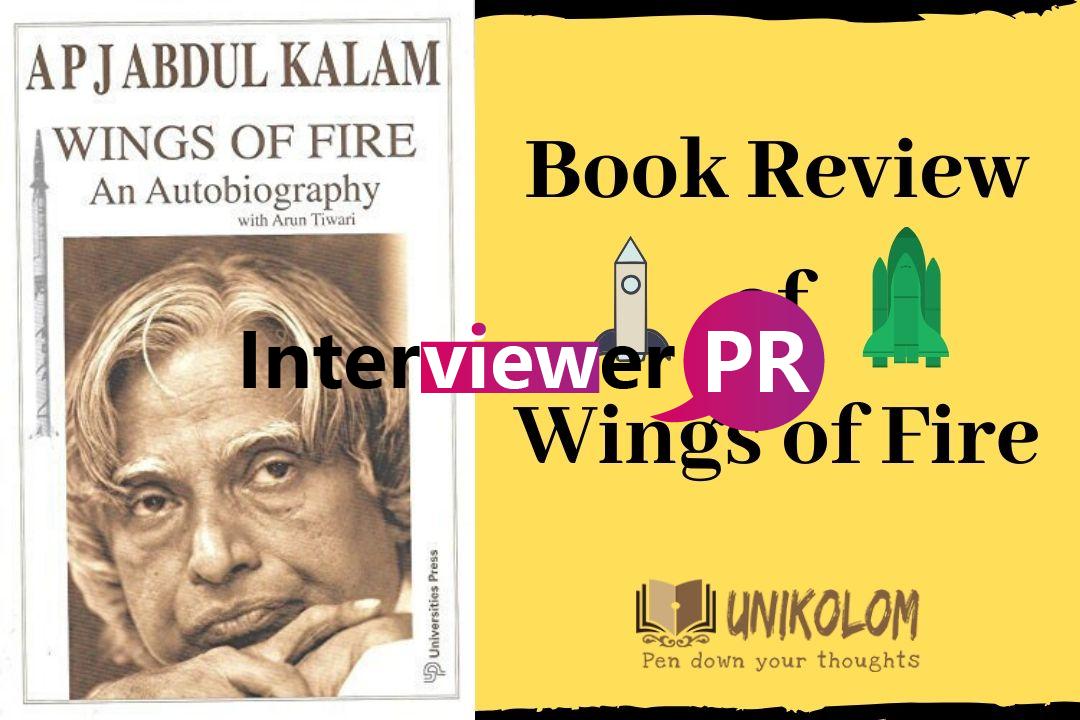Book Review of Wings of Fire
Wings of Fire is an autobiography of former President APJ Abdul Kalam. It was originally published in 1999 and is 180 pages long. The book covers his life and works as a scientist in Indian space research and missile programs. It is the story of a young boy from a small village who went on to become a key player in Indian space research and Indian missile programs. It also includes how he later became the president of India.
Wings of Fire has been very popular in India and has been translated into multiple languages. It has been such a well-rounded book that it is capable of inspiring even an ordinary person into becoming a technologist. In his book, Kalam shares even the littlest details about his life. The story is of a boy who tries to achieve his dreams despite all odds. The AGNI, TRISHUL, and NAG missiles have made India renowned in aeronautical, space, and rocket technology. Due to his demonstrated excellence in Missile technology, he is known as the Missile Man of India.
It is truly an inspiring story of hard work, luck, success, kindness, knowledge, and humbleness. You should must read this book if you haven’t already!
APJ Abdul Kalam’s Early Life
Avul Pakir Jainulabdeen Abdul Kalam (APJ Abdul Kalam) was an Indian aerospace scientist. He even served as the 11th president of India from 2002 to 2007. He was born on 15 October 1931. Born and raised in the village of Rameswaram, Abdul was a bright, curious, and hardworking student. His father, Jainulabdeen Marakayar, was a boat owner. Jainulabdeen was little-educated. He also served as imam of the small mosque in Rameswaram. While his mother Ashiamma was a housewife. In his family, there were four brothers and one sister. However, Kalam was the youngest of all.
- Advertisement -
From a young age, Kalam had a strong desire to learn. He used to spend hours on his studies, especially mathematics. He completed his school education at the Schwartz Higher Secondary School in Ramanathapuram. From then onwards, he went on to attend Saint Joseph’s College, Tiruchirappalli (then affiliated with the University of Madras). In 1954, he graduated in physics from that college. To study aerospace engineering in Madras Institute of Technology, Kalam moved to Madras in the year 1955. Later he moved to ISRO and helped establish the Vikram Sarabhai Space Centre. Kalam pioneered the first space launch vehicle program. In the early 2000s, he lead the Indian nuclear weapons program at DRDO.


